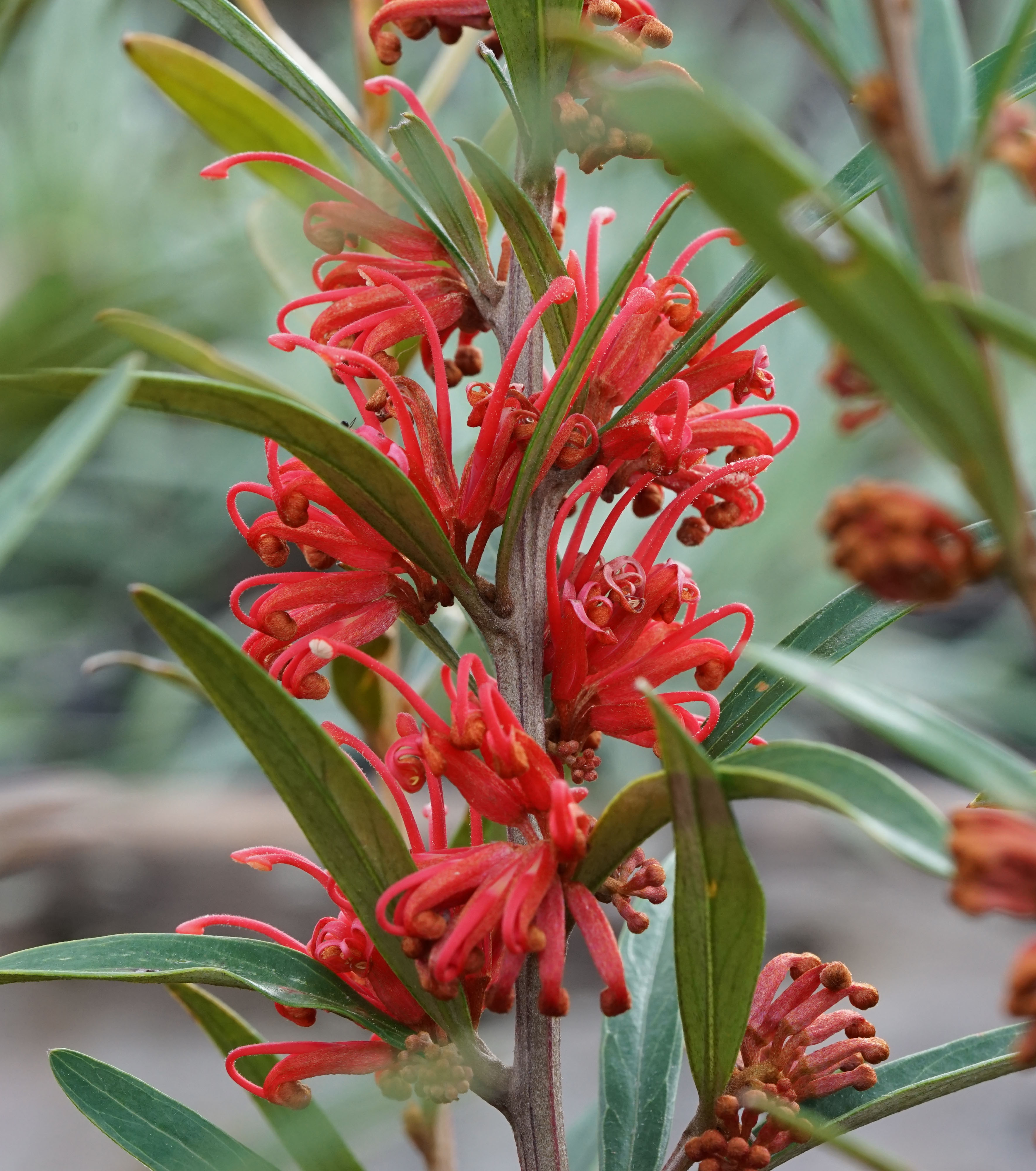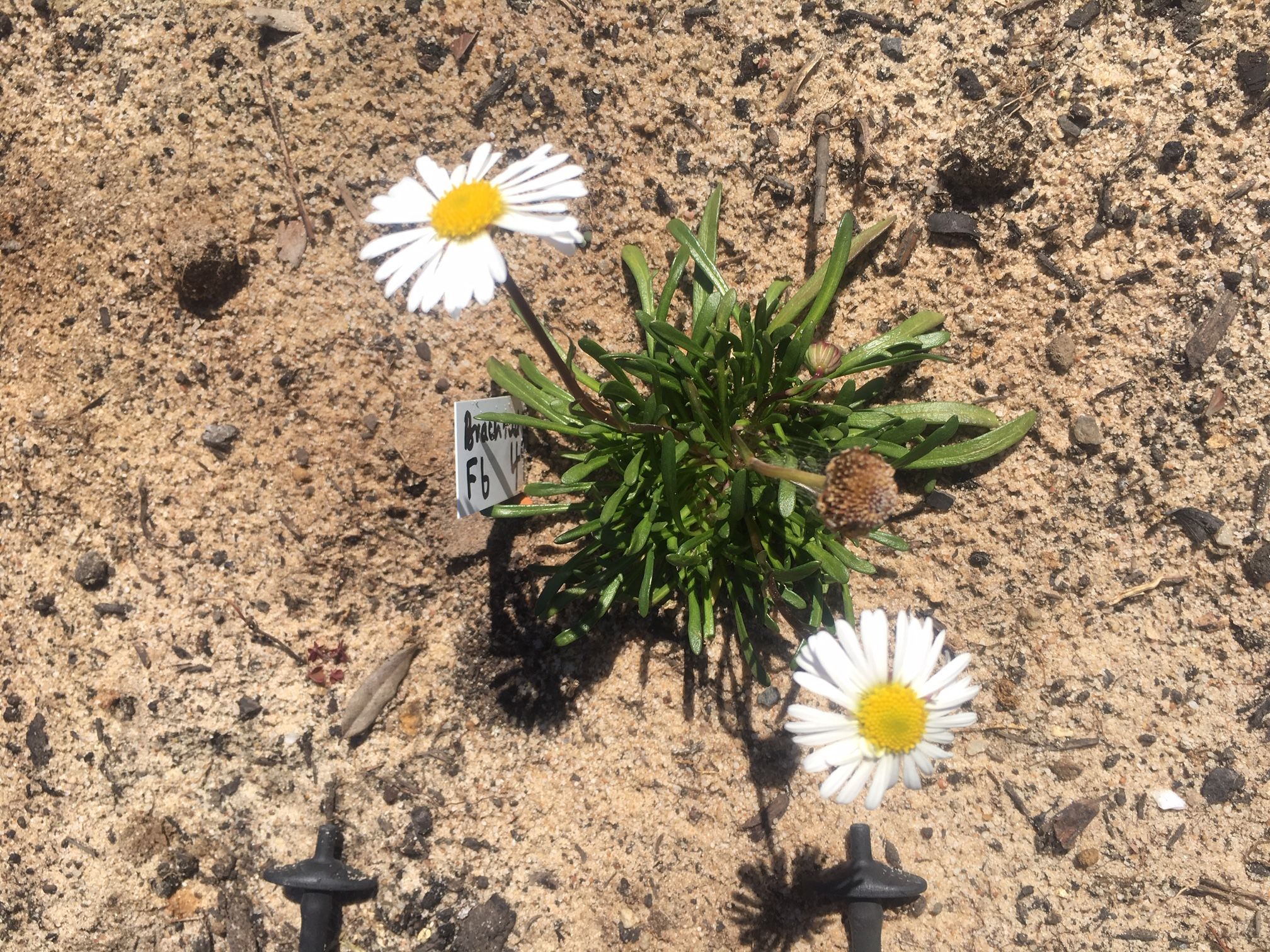Raising Rarity: creating meaningful and sustainable conservation outcomes through community-based outreach
DOI:
https://doi.org/10.24823/Sibbaldia.2022.2000Keywords:
Conservation Botanic Gardens, Education, Living Collections, Ex situ conservationAbstract
A priority in plant conservation science is the identification of species at risk of extinction, allowing for conservation efforts to be focused on those that are most critically endangered to prevent their loss. A 2023 revision of threatened plants in Victoria found that 1,557 species remain under direct threat of extinction, despite conservation work being undertaken across the state to safeguard both individual species and plant communities. Although conservation efforts are fundamental to the protection of our flora, the persistently high number of threatened species illustrates a need to reimagine the way in which we approach conservation. Central to this is a need to engage more people across a broader cross-section of the community so that they can contribute to initiatives that effectively reduce the number of species at risk.
Raising Rarity is a community-based outreach programme run by Royal Botanic Gardens Victoria (RBGV). It is designed to actively engage distinct sectors of the Victorian community in local plant conservation. The programme acknowledges that although the expertise provided by RBGV in areas that include conservation horticulture, seed ecology, population genetics, outreach and education is critical to plant conservation efforts, the engagement and involvement of the broader community is fundamental to creating sustainable plant conservation solutions. Raising Rarity achieves this by working with volunteers, school groups, regional botanic gardens, local councils and members of the nursery industry to grow and display rare and threatened Victorian plants in accessible horticultural settings. The initiative aims to increase public knowledge, awareness and hands-on involvement in plant conservation.
There are four key components to the Raising Rarity programme: (1) school outreach; (2)local government outreach; (3) botanic gardens outreach in an initiative called Care for the Rare; and (4) commercialisation of an RBGV rare plant collection. This article provides an overview of each of these components and outlines future objectives for the Raising Rarity programme.
References
BALDING, M. & WILLIAMS, K.J. (2016). Plant blindness and the implications for plant conservation. Conservation Biology, 30(6): 1192–1199. doi: https://doi.org/10.1111/cobi.12738
BOTANIC GARDENS CONSERVATION INTERNATIONAL (2022). 7th Global Botanic Garden Congress Conclusions. Available online: https://www.bgci.org/wp/wp-content/uploads/2022/10/7GBGC-Final-Conclusions-2.pdf (accessed August 2023).
BROADHURST, L. & COATES, D. (2017). Plant conservation in Australia: current directions and future challenges. Plant Diversity, 39(6): 348–356.
CARTER, O. & WALSH, N. (2011). National recovery plan for the swamp everlasting Xerochrysum palustre. Department of Sustainability and Environment, Melbourne. Available online: http://www.environment.gov.au/biodiversity/threatened/recovery-plans/national-recovery-plan-swamp-everlasting-xerochrysum-palustre (accessed August 2023).
ENSSLIN, A. & GODEFROID, S. (2019). How the cultivation of wild plants in botanic gardens can change their genetic and phenotypic status and what this means for their conservation value. Sibbaldia, 17: 51–70. doi: https://doi.org/10.24823/Sibbaldia.2019.267
GASTON, K.J. (2003). The Structure and Dynamics of Geographic Ranges. Oxford University Press, Oxford.
HIRST, M.J. (2017). Exploring adaptation in a key Australian genus Brachyscome through experimentation. PhD thesis, School of BioSciences, Faculty of Science, University of Melbourne.
HIRST, M.J., COMMANDER, L.E., EMERY, N., GUJA, L.K., LIYANAGE, G., MERRITT, D.J., NORTON, S.L., STEVENS, A., TURNER, S.R. & WOOD, J.A. (2021). Seed germination and dormancy. In: MARTYN YENSON, A.J., OFFORD, C.A., MEAGHER, P.F., AULD, T.D., BUSH, D., COATES, D.J., COMMANDER, L.E., GUJA, L.K., NORTON, S.L., MAKINSON, R.O., STANLEY, R., WALSH, N. ET AL. (eds), Plant Germplasm Conservation in Australia: Strategies and Guidelines for Developing, Managing and Utilising Ex Situ Collections, 3rd edn. Australian Network for Plant Conservation, Canberra, pp. 187–239.
INTERNATIONAL UNION FOR CONSERVATION OF NATURE (2012). IUCN Red List Categories and Criteria Version 3.1, 2nd edn. IUCN, Gland and Cambridge.
LARKE, R., HIRST. M., WILLIAMS, N.S.G. & ARNOTT, J. (2023). City of Melbourne Threatened Plant Living Collection Plan. Report for the City of Melbourne.
LEES, A.C., ATTWOOD, S., BARLOW, J. & PHALAN, B. (2020). Biodiversity scientists must fight the creeping rise of extinction denial. Nature Ecology and Evolution, 4: 1440–1443. doi: https://doi.org/10.1038/s41559-020-01285-z
RICHARDSON, M., PASSMORE, H.-A., BARBETT, L., LUMBER, R., THOMAS, R. & HUNT, A. (2020). The green care code: how nature connectedness and simple activities help explain pro-nature conservation behaviours. People Nature, 2: 821–839. doi: https://doi.org/10.1002/pan3.10117
ROSENAU, J. (2012). Science denial: a guide for scientists. Trends in Microbiology, 20(12): 567–569.
RUTJENS, B.T., VAN DER LINDEN, S. & VAN DER LEE, R. (2021). Science scepticism in times of COVID-19. Group Processes & Intergroup Relations, 24(2): 276–283.
SHADE, A., O’DONNELL, K., PERRINS, L., STANLEY, R., TAYLOR, D., TURNER, S.T. & VILER, V. (2021). Living plant collections. In: MARTYN YENSON, A.J., OFFORD, C.A., MEAGHER, P.F., AULD, T.D., BUSH, D., COATES, D.J., COMMANDER, L.E., GUJA, L.K., NORTON, S.L., MAKINSON, R.O., STANLEY, R., WALSH, N. ET AL. (eds), Plant Germplasm Conservation in Australia: Strategies and Guidelines for Developing, Managing and Utilising Ex Situ Collections, 3rd edn. Australian Network for Plant Conservation, Canberra, pp. 347–348.
STROUD, S., FENNELL, M., MITCHLEY, J., LYDON, S., PEACOCK, J. & BACON, K.L. (2022). The botanical education extinction and the fall of plant awareness. Ecology and Evolution, 12: e9019. doi: https://doi.org/10.1002/ece3.9019
SUNNER, N., HIRST, M.J., VENN, S. & WILLIAMS, N.S.G. (2020). Exploring seed ecology and habitat of the vulnerable swamp everlasting – Xerochrysum palustre. Australasian Plant Conservation, 29(3): 3–6.
WESTWOOD, M., CAVENDER, N., MEYER, A. & SMITH, P. (2020). Botanic garden solutions to the plant extinction crisis. Plants People Planet, 3: 22–32.

Downloads
Published
Issue
Section
License
Copyright (c) 2022 Megan Hirst, John Arnott, Russell Larke

This work is licensed under a Creative Commons Attribution 4.0 International License.
Please read our Open Access, Copyright and Permissions policies for more information.

 Megan Hirst is a plant ecologist with specialist experience in ex situ seedbanking and plant conservation through her employment with the Victorian Conservation Seedbank and the Royal Botanic Gardens Victoria. Meg holds a PhD in plant ecology from the University of Melbourne and is a teacher and researcher with experience in growing, tending and studying plants in both scientific public gardens and experimental settings.
Megan Hirst is a plant ecologist with specialist experience in ex situ seedbanking and plant conservation through her employment with the Victorian Conservation Seedbank and the Royal Botanic Gardens Victoria. Meg holds a PhD in plant ecology from the University of Melbourne and is a teacher and researcher with experience in growing, tending and studying plants in both scientific public gardens and experimental settings.



